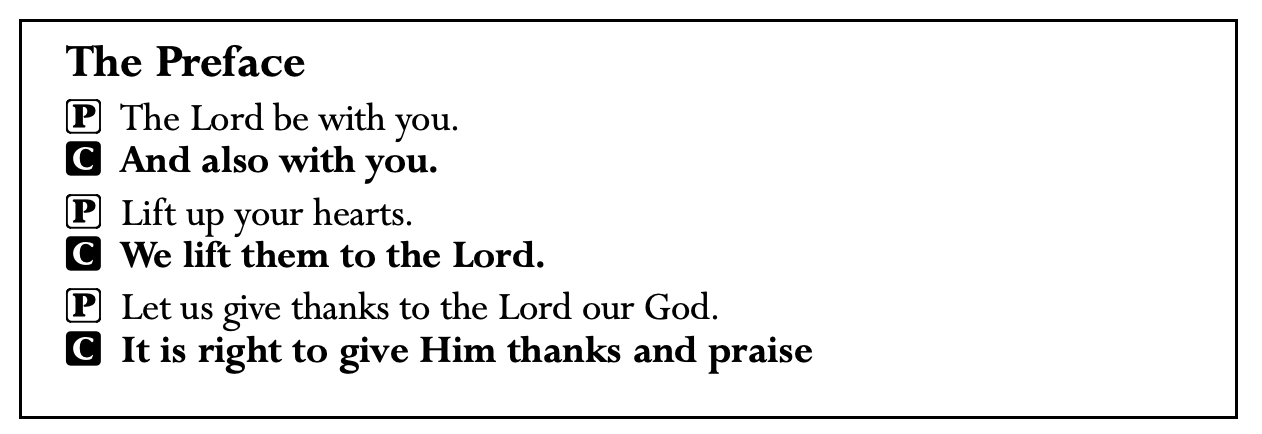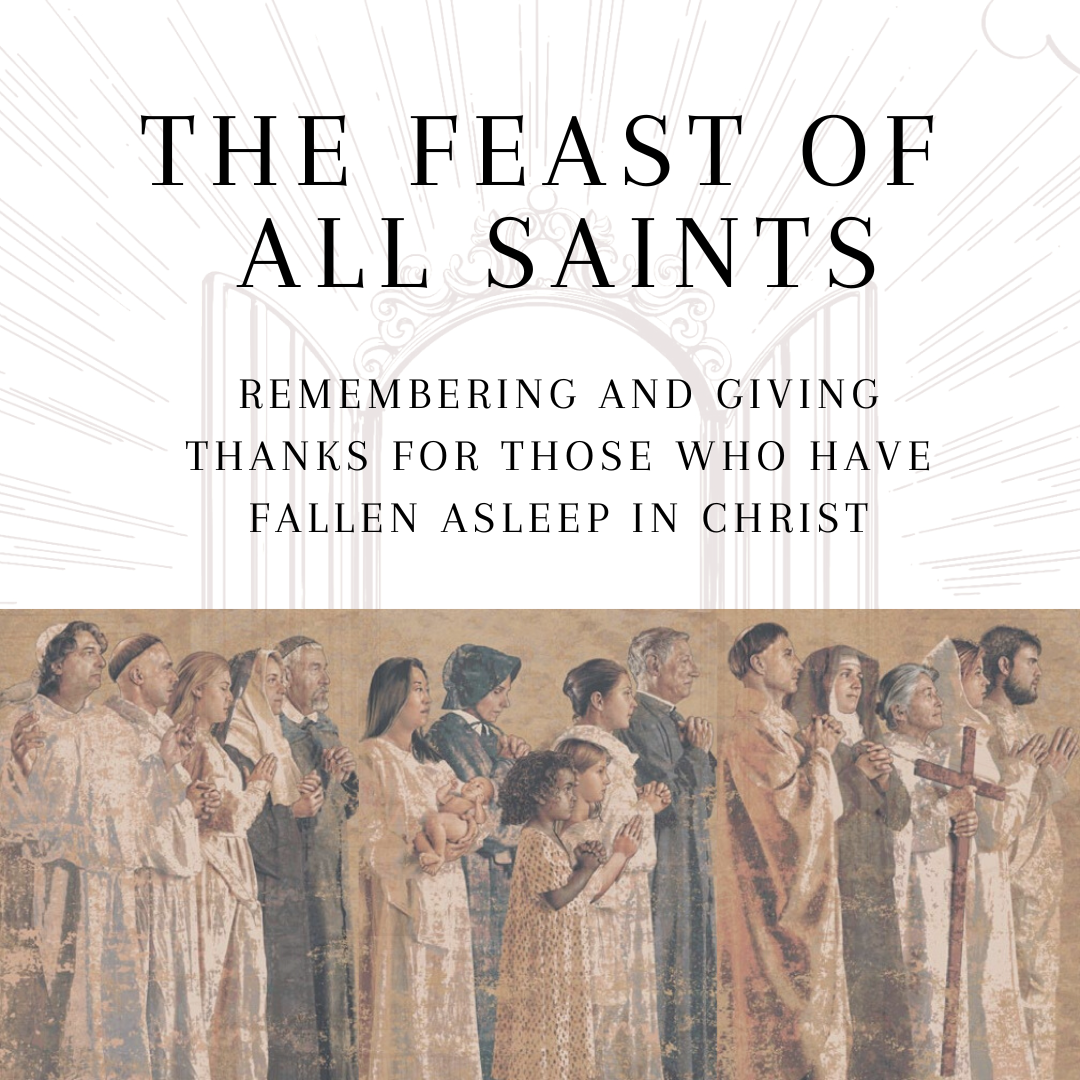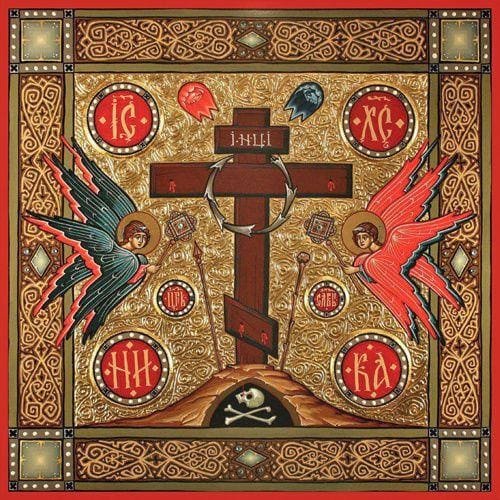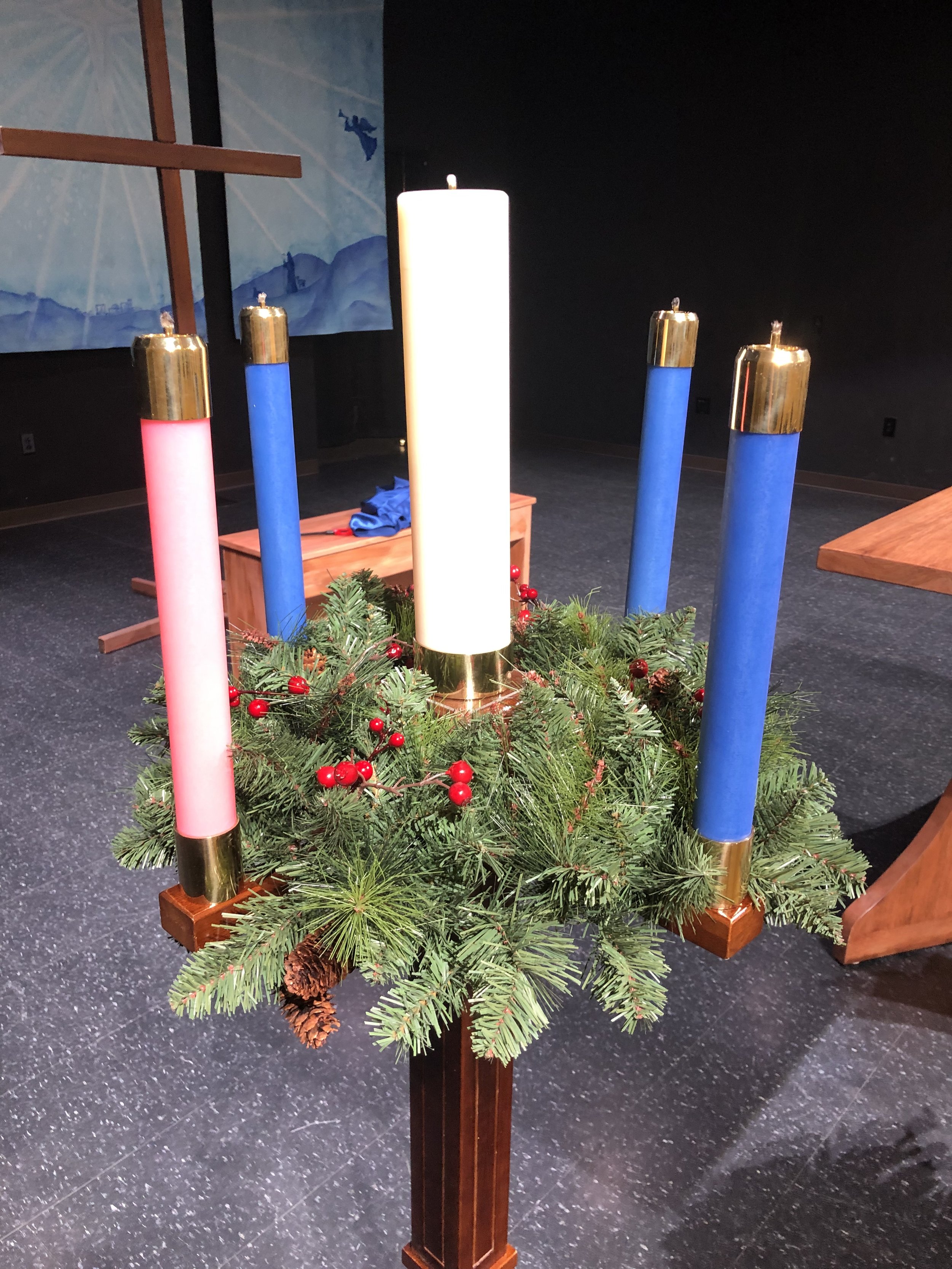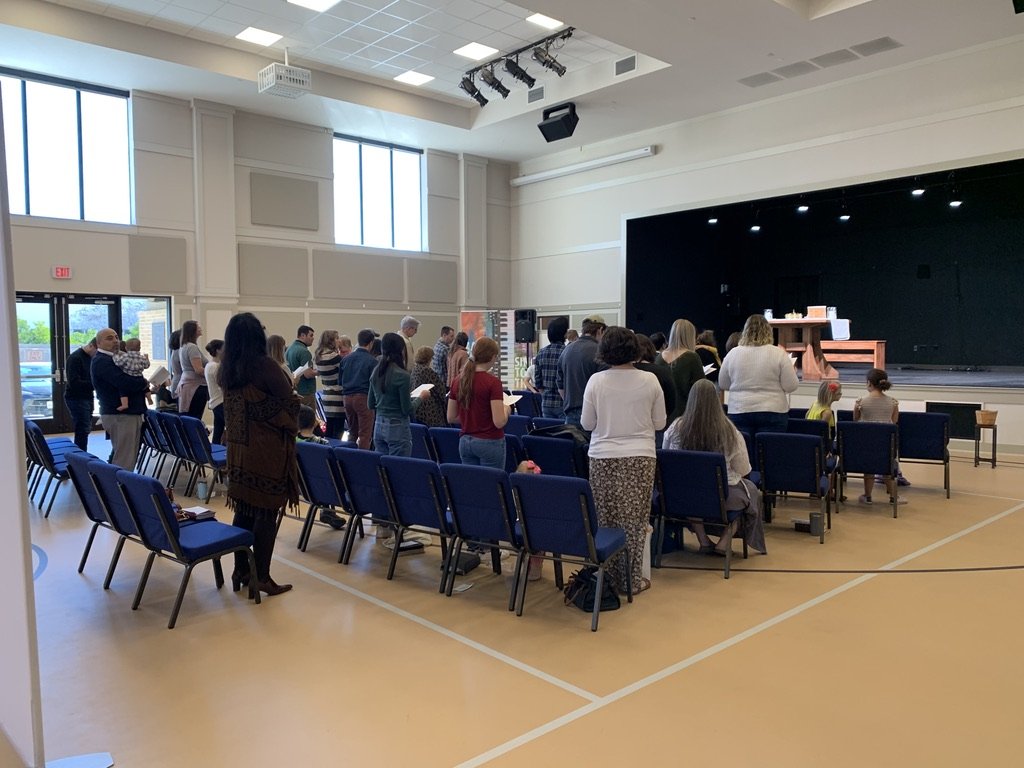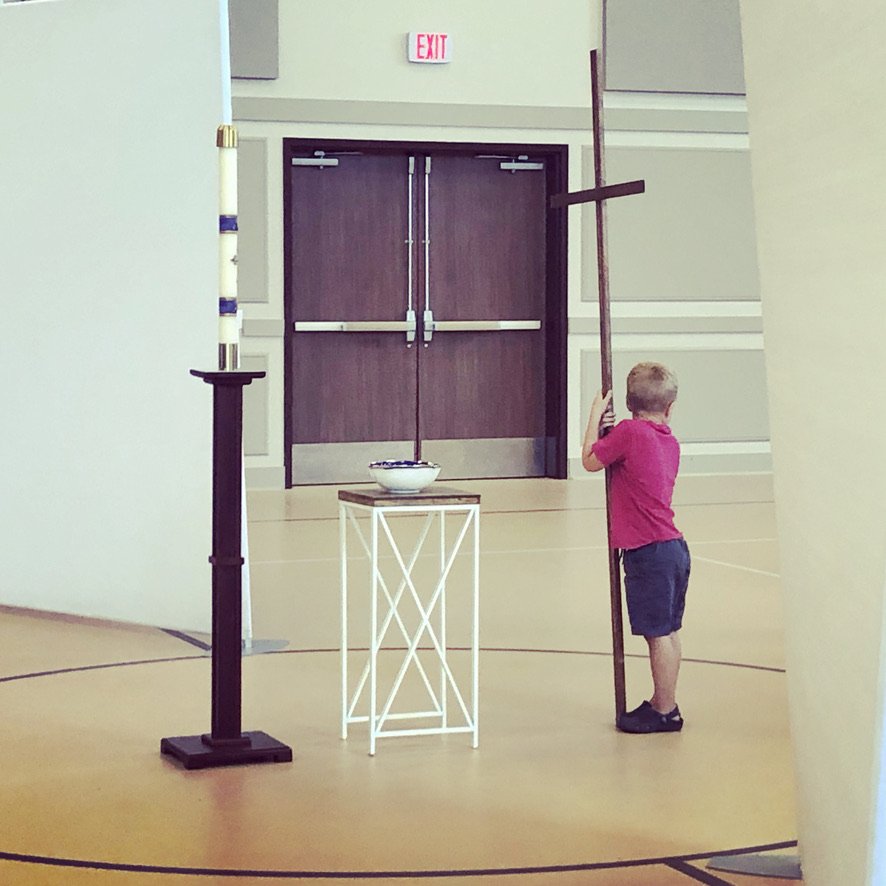The Holy Gospel of Matthew 14:13-21
Now when Jesus heard this, he withdrew from there in a boat to a desolate place by himself. But when the crowds heard it, they followed him on foot from the towns. 14 When he went ashore he saw a great crowd, and he had compassion on them and healed their sick. 15 Now when it was evening, the disciples came to him and said, “This is a desolate place, and the day is now over; send the crowds away to go into the villages and buy food for themselves.” 16 But Jesus said, “They need not go away; you give them something to eat.” 17 They said to him, “We have only five loaves here and two fish.” 18 And he said, “Bring them here to me.” 19 Then he ordered the crowds to sit down on the grass, and taking the five loaves and the two fish, he looked up to heaven and said a blessing. Then he broke the loaves and gave them to the disciples, and the disciples gave them to the crowds. 20 And they all ate and were satisfied. And they took up twelve baskets full of the broken pieces left over. 21 And those who ate were about five thousand men, besides women and children.
This gospel reading is a beautiful picture of our Lord's heart towards us in so many levels:
1. Our Lord responds to the needs of the crowds pressing upon him with compassion.
This word compassion denotes an inward experience and feeling, that is, deep within himself he felt for the needs of the crowd and longed to help them. Jesus will use this same word in the parable of the prodigal son to describe God's love for us, "So he got up and came to his father. But while he was still a long way off, his father saw him and felt compassion for him, and ran and embraced him and kissed him" (Luke 15:20).
Did you know that our Lord Jesus has compassion for you? He has compassion for YOU! He has compassion for you in each area that you struggle with guilt, grief, fear, and insecurity. He deeply feels for you in each of those areas. But he doesn't only feel, he acts. And that brings us to the second picture of His love towards us.
2. Our Lord is moved by His compassion to bring healing and sustenance into our lives.
He brought healing not simply in a generic way, but specifically by touching each of them individually, this was always his way. This is still His way. Jesus died the cross for the whole world but applies that forgiveness to us individually and personally as His Word is proclaimed to us and the waters of baptism are poured upon us. Jesus is there, speaking to us and washing us. The healing Jesus brings is more than just physical healing in this lifetime, it is spiritual healing for both this life and the next. It is the restoration of our humanity in Him.
We see our Lord's compassion as He not only heals them, but as they begin to hunger He miraculously feeds them! This harkens us back to God miraculously feeding the children of Israel in the wilderness with food from heaven (Manna) and meat from the sky (quail). Our Lord continues to feed His children with a heavenly food (John 6) in the Holy Communion of the Body and Blood of our Lord Jesus. The same power that Jesus exercised to multiply the fives loaves and two fish, is the same power He makes Himself present in each gathering of believers around the globe at the altar. And this gift brings us to a third act of compassion and love.
3. Our Lord's healing and sustenance brings a deep and abiding satisfaction.
The meal is multiplied by Jesus, given to the disciples, distributed to the people, extra is collected after, and in all this, they were satisfied. They ate until they needed no more. What a beautiful picture! This same satisfaction is what our Lord bestows to us in Holy Communion. He gives us just enough to satisfy us for this time. And then He does it all again next week, and again the week after, again the week after that, all the way until he returns.
4. Our Lord invites us to bring our small contributions to Him so that He can use them how He sees fit for His kingdom.
Jesus didn't ask for the richest person to donate, or the most gifted cook to step up, or the hardest worker; he simply said "bring them [what you have] to me." Jesus took these small portions for a single person and by His power multiplied them. We often can feel as if what we have doesn't amount to much. Our time seems to small, our energy too little, and our resources too thin. But Jesus isn't asking for us to do the miracle, He's asking us to give what we have to Him and let Him decide what He wants to do with it.
I invite you to give to Jesus what you have. Give Him your exhausted parenting, your broken relationships, your thin finances, your feeble prayers, and distracted listening. He can take those small efforts and use them in your life and the lives of those around you in ways you could never imagine.
This is who our Lord Jesus is. This is what our Lord Jesus does.
He has compassion on you, He heals you by freely forgiving you your sins, He feed you in the Holy Eucharist, He satisfies you spiritually and emotionally in Himself, and He multiplies our little.










